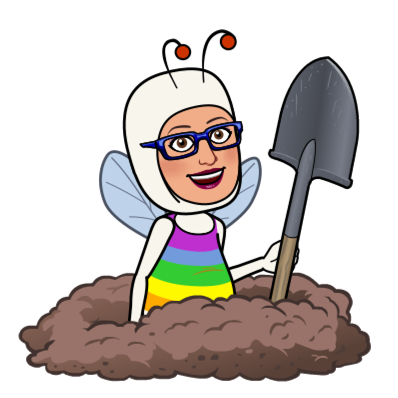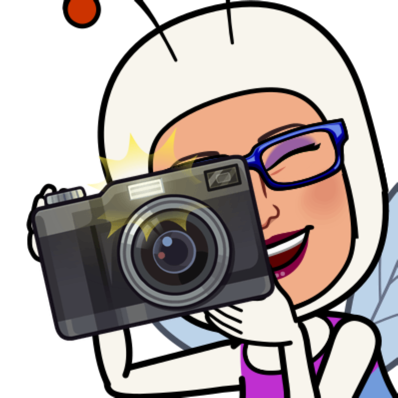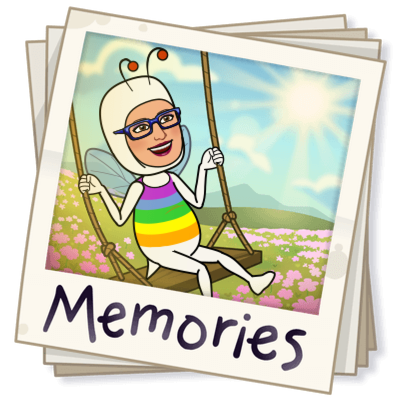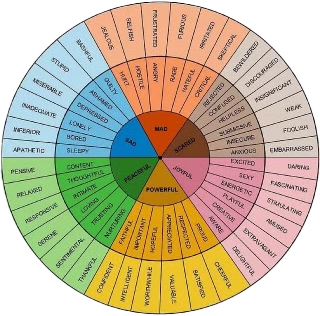What about steps two and three? Step two is about continuing the practice of writing within this genre. Once you have played around with capturing a family story in 1000 words or less, why not spread your creative wings? Brainstorm other story ideas. These might come from more family situations or observations. You may have been inspired by sights and sounds in nature or observing other people/animals. Or, you may want to use an existing classic fairy tale and create your own spin on producing a fractured fairy tale. Another option is to ask the children in your life for ideas. Ask them to tell a story while you take dictation at a computer. This story can be edited or the inspiration for your own story. (Ideas on conference writing with children)
Will you write it in prose or use rhyming verse? (I recommend using Rhyme Zone) Will the setting, props, and characters be a metaphor to help softly present a lesson? Children’s authors are warned about being preachy in their writing. Go to town and start writing! Or, do an outline then get to writing. Again, once finished, return to editing your work to 1000 words or less. Remember to show, rather than tell, in your use of description and dialogue. Dialogue is a great way of adding tension, creating a point of view, and moving the plot along. Write with picture scenes in mind. Can you imagine what the illustration might look like?
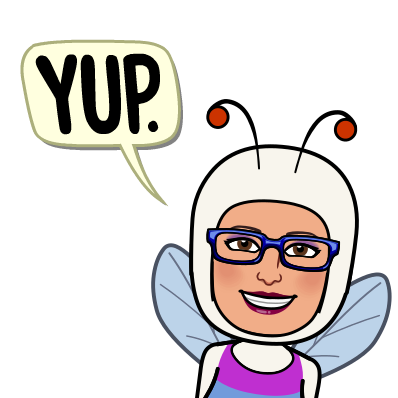
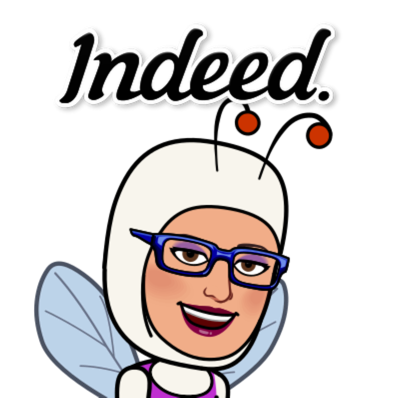
Step three, ask the following:
- How will the story be illustrated? (self-illustrate, hire an illustrator/artist to produce 12-15 illustrations costing $150–$500. each. Artists can be found locally or through platforms like Fiverr). Collaborate with the artist, splitting potential profits, or ask a family member.
- What is the purpose of this story? Is it meant for our family or is it to be shared with the public?
- Is this another personal family story using a photo book application?
- Is the goal to self-publish your story? If so, are you willing to pay the $2000–$3000 to use a hybrid self-publishing company to produce 100 copies of the book? This cost will include some proofing by an editor and design input.
- Do you have the confidence and ability to self-publish the book on Amazon for free?
- Instead of self-publishing, will the story be submitted to a traditional publishing house for acceptance? This process, although free, can be long. It requires a query letter and application following the publishing house protocols. Keep in mind each publisher has their own marketing agenda. I recently obtained feedback from Annick Press telling me that they rarely publish stories featuring animals as the main characters. This is the opposite of a publishing trend 25 years ago where many stories featured animals as the main characters.
Regardless of whether you decide to share your work publicly or keep the stories for your family bookshelves, producing a picture book is a great way to practice writing skills and you might even find the courage to illustrate your own story.
Dig Deeper
